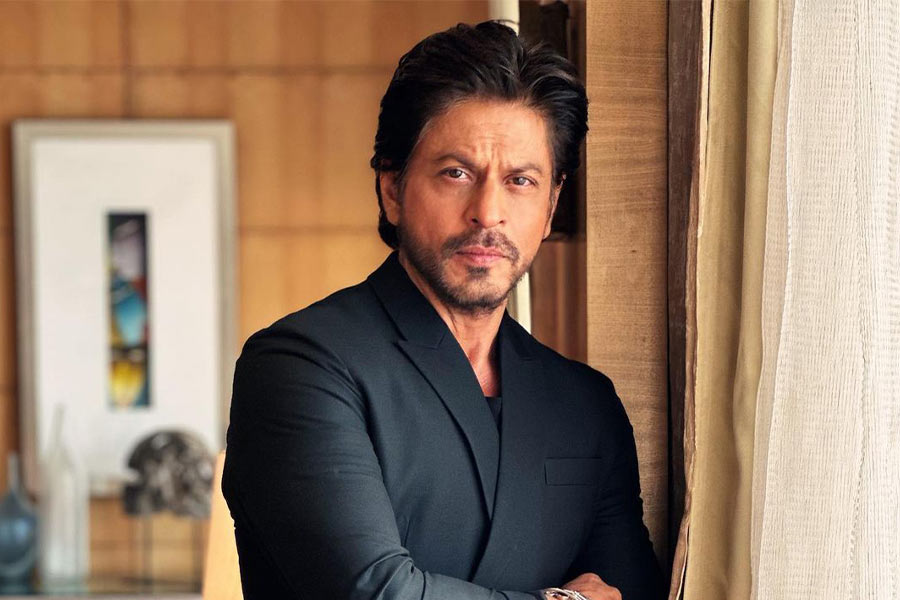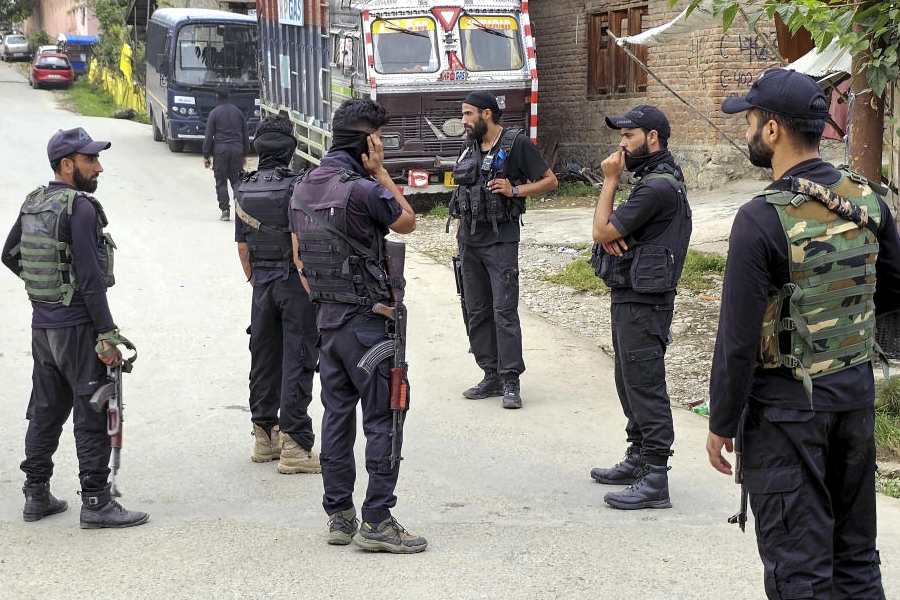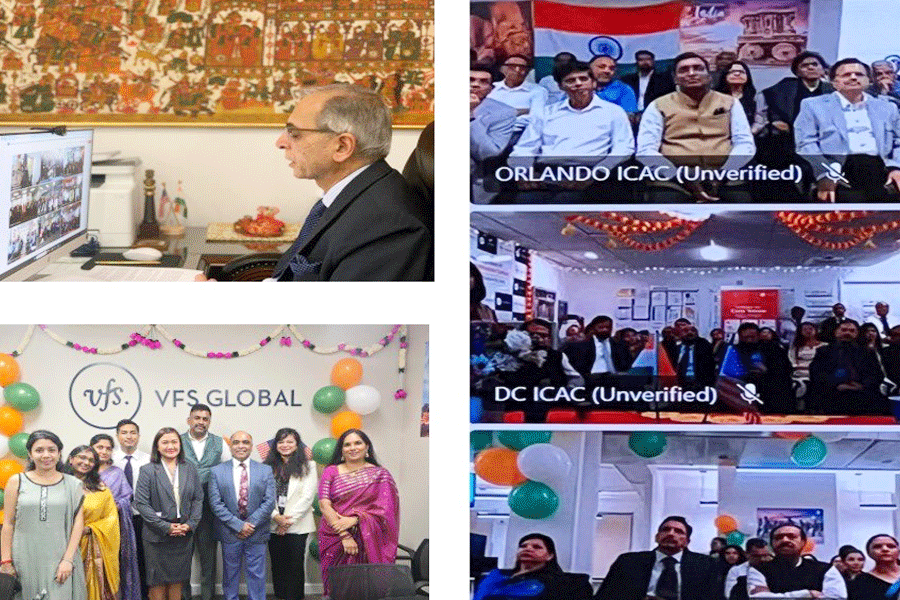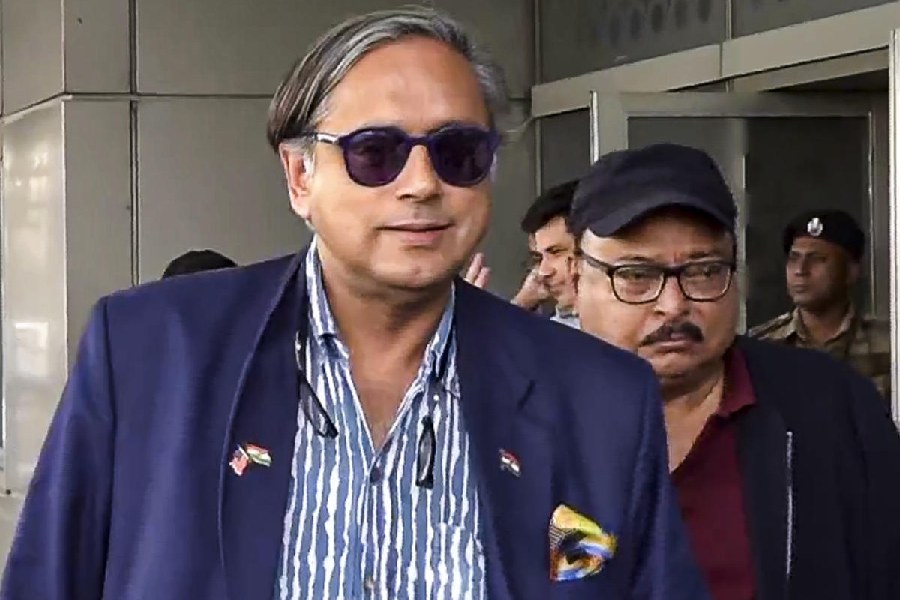 |
I am a little nervous as I walk up the first floor of a house in Chandigarh’s sector 11. The gentleman I am about to meet is 100 years old — the age when most people, if they are still around, that is, need ear trumpets and other such aids. But just as I am about to enter the room that’s the venue for the interview, I hear sounds of laughter and conversation. I walk in — to find Fauja Singh chortling and regaling a journalist with anecdotes.
I am with him for over 30 minutes, and end up feeling older than him. Singh’s brain is sharp, his eyesight is clear, his voice is without a tremor and his hearing is perfect. And he looks like an excited child who has a story to tell. I ask him the question that he would have answered several times a day: what’s the secret of his electrifying energy? “I keep my mind fresh and try to be happy from within,” chuckles Singh.
In October last year, London-based Singh became the world’s oldest marathon runner after he completed Toronto’s Waterfront marathon in eight hours, 11 minutes and 5.9 seconds.
Yet when he was five, Singh couldn’t walk properly. When children his age played together, he would walk with a limp and watch them play. “My left leg was spindly and weak in my childhood. My friends teased me and called me danda (stick),” he recalls.
He is the hero of the same village now. When Singh visits Beas Pind, around 13km from Ludhiana in Punjab, people gather around him. When he attended a marriage there, visitors queued up to click photographs with him, leaving the bride and the groom unattended. “I would have earned many dollars if I had charged everyone for posing with them,” he jokes, running his thin fingers through the silver strands of the beard that touches his chest.
Villagers are not the only ones who want to rub shoulders with him. Even the blondes of London, Singh says naughtily, want to see the magic of his thin legs. “They often ask me what special care I take for my legs. It is hard for them to believe that a 100-year-old man can run these marathon races,” says Singh, who massages his legs with baby oil every day.
After spending most of his life in Punjab, Singh has been living in London since 1995 with his son, Sukhjinder, who runs a plumbing business. It wasn’t easy for this father of three sons and three daughters to move to the UK at the age of 84. But the family thought it was the only way they could pull him out of the depression he’d slipped into after his second son, Kuldip, died when an iron sheet displaced from the roof of his dhaba fell on him.
“My life was shattered after his death. Most of the time, I used to sit at the site where my son’s pyre was lit and would keep talking to myself,” he says, leaning back on a sofa in the house of Chandigarh-based Khushwant Singh, who wrote Fauja Singh’s biography Turbaned Tornado when he turned 100.
The writer interprets for Singh who speaks only in Punjabi. Singh has stopped over in Chandigarh on the way to his village. And while he is there, he is getting ready for a half marathon being run in the city.
The passion for running hit Fauja when he was already in his 80s. During his early days in London, Singh didn’t know what to do with his time, and spent most days idly watching television. One day, he was surprised to see scores of men and women running for hours together on TV. The activity, he learnt, was marathon running. Fauja Singh was hooked.
The first opportunity that came his way was a 20-mile run in London for the benefit of cancer patients. He managed 20 kilometres but was determined to take up running seriously. “I wanted to escape my world of gloom and running seemed to be the only option,” says Singh.
It was then that a Sikh Briton called Harmander, a physical trainer and a veteran marathon runner, took the initiative to train Singh. In February 2000 — when he was 89 — Fauja ran his first marathon, completing 42km in six hours, 54 minutes and 42 seconds. “It was important for me to take this challenge because I wanted to prove to myself that I could achieve something even at this age,” he smiles.
Since then, he has participated in 14 races — four half and 10 full marathons. In 2003, at the age of 92, he set a marathon record for the 90-plus age group category, clocking five hours, 40 minutes and one second. A year later, he became the poster boy of Adidas which featured him in its billboards for a 2004 marathon campaign alongside footballer David Beckham and boxer Muhammad Ali.
Fauja Singh became a bigger celebrity with each marathon. He recalls how former Pakistan President Pervez Musharraf personally invited him to take part in the 2005 Lahore marathon. “We clicked photographs together. Also, he facilitated a special visit to the cenotaph of Raja Ranjit Singh. He was very hospitable,” says Singh.
Despite his marathon feats, Singh’s name is yet to feature in the Guinness Book of World Records, because they want further attestation of his age. “For the record, my British passport states my year of birth as 1911. Even the Queen sent me a congratulatory telegram on April 1 last year when I turned 100,” says Singh, who doesn’t have a birth certificate to prove his age.
If Queen Elizabeth II believes he is 100, there is no reason for Guinness to doubt it, he seems to indicate. Fauja Singh stresses that he was invited twice to Buckingham Palace by her. “Rani ney do vaari hathh milaan leyi bulaya (the Queen called me twice to shake hands with her),” he says in Punjabi, quickly jumping from one sofa to the other, now closer to me.
Over the years, he says London’s grown on him. “I get lot of respect in London. People in the West love me.”
But the West, of course, has not always been welcoming. He was subjected to racial taunts in New York after the 9/11 terror attacks when he was there for a marathon. Spectators booed him with slurs such as “Hey, Osama Bin Laden” and “Look at Saddam” because of his flowing beard and turban.
“Though I was angry for a moment my fellow runners asked me not to get troubled with such remarks,” says Singh, another infectious smile spreading over his wrinkled face.
He pauses for a bit to take a sip of lukewarm water from a glass. Singh points out that he eats very little. For lunch, he sticks to one chapati and a bowl of daal. Dinner consists of two slices of brown bread dipped in honey along with a bowl of lentil soup. But he likes eating half a bowl of hot crushed alsi pinni, an Indian sweet made with flax seed, nuts and jaggery, early in the morning. “This is my favourite. I don’t miss it ever,” says Singh, who also enjoys fresh mangoes and watermelons.
He follows a strict regimen through the day. He gets up at six in the morning, listens to a Punjabi radio channel for an hour, slips into his track suit and goes for a run. “I try and earmark a route for covering a distance of 10 miles daily,” he says.
After covering the first lap of three miles, he stops at a gurudwara in Essex for a round of gossip over a cup of tea. He walks for a while, and then stops at another gurudwara for langar (sacred food service in Sikh temples). “Langar is one of the most interesting forums for socialising. Over langar, we discuss everything under the sun — from the weather to ticket fares to Punjab politics,” says Singh.
After lunch, he walks for a few more miles before stopping at a third gurudwara for another cup of tea. “I talk to both the old and the young. I try and motivate all of them to run.”
In fact, he and his coach have floated a group called Sikhs in the City that includes five 80-year-old Sikhs who are all motivated to run marathons. “It is great to see older men running,” says Singh, his fingers stroking the gold-plated Rado watch on his wrist.
Singh flaunts a unique style of dressing — he usually sticks to one colour. Today, he is dressed in brown — from his turban and his three-piece suit down to his socks and brown shoes. He has a fetish for shoes, he admits. He spends most of the £130 he receives as old age pension on branded shoes.
Fauja Singh suddenly yawns, and then asks for a heater to be switched on. When I get up to leave, I see him leaning back on his sofa.
The next morning, Singh — dressed in a green T-shirt and blue track pants — is all ready to flag off the half marathon, organised by Running & Living, a Gurgaon-based runners’ group.
Loud cheers greet him as he stretches his skinny arms and matchstick legs to warm up. Runners queue up to pose with him. People crowd around him, asking for his autograph. Singh, whose forefathers were all farmers, never went to school. His friends in London tried to teach him the English alphabet, but gave up when he showed little interest. He sticks to Urdu, and signs his name with a flourish.
Someone asks him a question that’s on my mind too. Why does he run? “I run for living and I live for running,” he replies.










